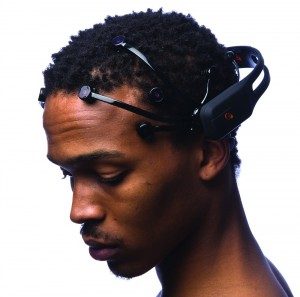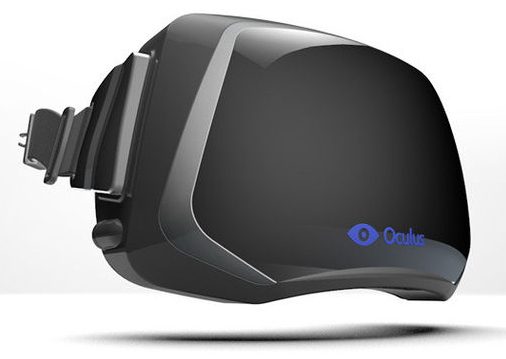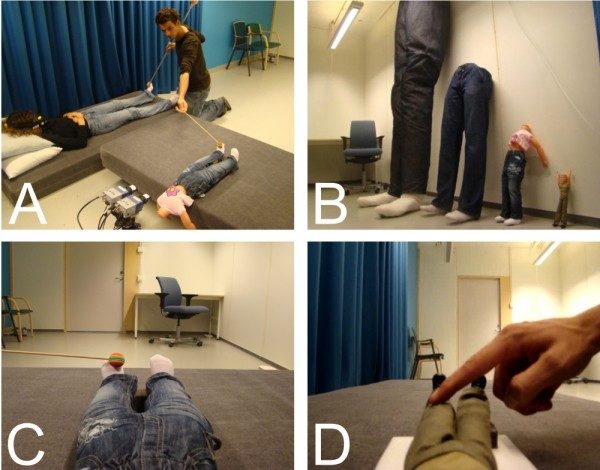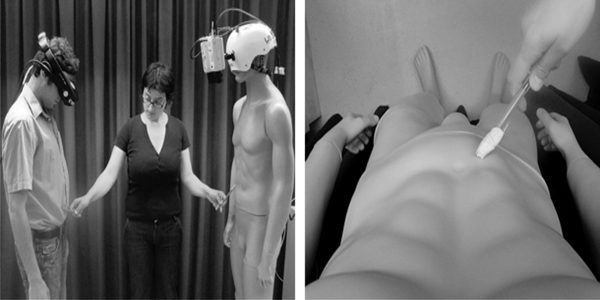Probably since the first time humans laid eyes on flying creatures we’ve wished we could fly ourselves. With apparent ease, birds, insects, and even some mammals take to the sky. The mere idea of flying has inspired song, art, and plenty of failed inventions, all long before we were even close to achieving real flight. Leonardo da Vinci famously tried his hand at creating some flying machines toward the end of the 15th century, but it wasn’t until the 1900s when the rather novel concept became a reality thanks to the Wright brothers. Since then you could probably say we’ve mastered the skies. Jumbo jets carry hundreds of passengers to the opposite side of the globe in less than a day, most modern military air superiority fighters are capable of surpassing the physical limitations of human pilots. But it isn’t really us that is doing the flying. We just ride inside of machines that can fly. Some experimental aircraft travel so fast that an on-board human pilot is nothing but a limitation. Such tag-along flying fails to satisfy the vivid dreams of many… flying with no machine; speeding over your house, over your town, over the ocean — perhaps even into space — all under your own effortless control. Maybe one day we really will be able to fly; who’s to say that humans won’t develop wings after a few billion more years of evolution?
For those that are a bit less patient, virtual reality is the answer to dreams of flight and we’ve got the technology for you to experience it today.

I Think, Therefore I Fly
Last year, two students at Northeastern University in Boston, MA put together a pretty awesome project for a computer science class. Using the Emotiv Epoc, a commercially available EEG-based neuro-signal acquisition device, they set out to control the flight of a quadcopter using nothing but their thoughts.
The Emotiv Epoc is quite literally a mind reader. By sensing electrical activity in the brain from 14 different points, the headset can be trained to understand when the user is thinking discrete thoughts. Baturalp Torun and Jitendra Bothra, the students responsible for the project, trained the headset to detect various thoughts, then tied these thoughts to directional controls for the quadcopter through a computer (see here for technical details on the project). A camera mounted on the quadcopter shows the vehicle’s view:
With appropriate programming and training, piloting the quadcopter with thoughts alone could become second nature — perhaps so easy that the quadcopter feels like an extension on your natural body.
I See, Therefore I’m Free
But how do you become the flying machine rather than just a pilot? Two steps will get us nearly there. The first is being able to see through the eyes of the machine.
High quality cameras can increase the fidelity of the view, but to really immerse yourself, you need to combine a good camera with a high-field-of-view head mounted display. Take the Oculus Rift for instance. This HMD completely covers your eyes and gives you a 90 degree field of view through which to look — not quite as high as normal human vision, but a quite immersive experience to be sure.
Humor me just for a minute. Start the video below, hit the fullscreen button and get close to your monitor. Now pretend you’re not just watching something fly… you are actually doing the flying. You are the quadcopter, flying free through the environment. With just a little suspension of disbelief, I find myself part of this experience, rather than just an observer. Maybe it’s my innate desire to fly.
Now imagine you are wearing a head mounted display like the Oculus Rift. Everything but the scene in front of your quadcopter is completely out of sight. Better yet, rather than using a controller to fly the quadcopter, you are merely thinking about where you want to fly using the Emotiv Epoc. Now you see through the machine’s eye’s and control it just by thinking.
The advent of FPF (first person flight) has come to fruition in the last few years thanks to camera technology increasing in quality while decreasing in price and weight. Some hobbiests are indeed even using head mounted displays to really feel like they are part of the action just as we’ve discusssed. I’ve not seen the combination of an EEG reader and FPF, but it doesn’t take much imagination to understand the implications. Yet we can take the experience one step further.
I Feel, Therefore I am
I mentioned that becoming the flying machine was a two step process. The last level of immersion that we can add to the experience is touch.
This can do much more than you might think. The mere sensation of touch is one of the most important parts of our mental construction of ‘self’ as some recent experiments have shown. Touch is a very effective way of creating something called ‘perceptual illusion’ — being fooled into thinking you are someone (or something) else.
An experiment reported last year in the Journal PLoS ONE, reveals that perceptual illusions are easy to induce using sight and touch.
Subjects in the experiment were asked to lay down on a table. They were fitted with an HMD which took up their entire field of view and showed them the view of a camera that was mounted where the head of a doll would be. The camera looked down along the body of the doll which was oriented in the same way that the subject was laying (C). The experimenter would touch the doll on the foot while touching the subject on the foot at the same time (A). The subject could only see the touch on the doll through the video feed and not their own body (D).
Because of the touch sensation matching up with the visuals of the doll’s body being touched, the mind of the subjects would subscribe to the idea that the doll’s body must be their own. Even though the subjects were fully aware that the doll was not their body, something deep down made them feel as if it was so. Reportedly this caused subjects to feel like they were tiny people because in their view the experimenter’s hand was so much larger than ‘their’ body. Changing the size of the doll resulted in subjects thinking they were any number of different sizes (B).
In a similar experiment reported in the same journal in 2008, researchers were able to convince subjects that they were other people by using the same touch/visual-method as the doll experiment. The subjects literally felt as though another person’s body was their own simply because the visual and touch feedback worked together at a subconscious level to rewrite what they considered ‘self’.
But surely that’s just hyperbole, right? Wrong. The experiments controlled to make sure this wasn’t a mere misunderstanding on the part of the subjects — by holding a knife to the other person’s body (which the subject’s though was their own), as though the experimenter was going to stab the knife into the abdomen, the researchers saw a marked increased in perceived threat-level as indicated by a ‘skin conductance response’ reading which is used to examine anxiety levels.
Using these same methods, people could be convinced that they are the quadcopter through perceptual illusion. We already talked about the visual portion of the equation. Now all that’s left is touch.
Using a very simple grid of sensors on the quadcopter mapped to tactile feedback (perhaps electrically or vibration-based) points on a persons body, the sensation of touch applied to the quadcopter could also be felt by a user. In due time, the user would feel as though a certain part of the quadcopter is in a way part of themselves, much like the subjects in the doll experiment mistook the doll’s body as their own on some fundamental level.
Imagine now flying the quadcopter with your thoughts, viewing the scene with a high FoV HMD, all while being able to feel the leaves on trees brush the quadcopter. Subtle breezes that effect your flight path could be felt and responded to intuitively with thought. You’ve become the quadcopter.
The illusion is complete. You’re flying.
Thanks to Namielus over at the MTBS3D Forums for inspiring this story!










